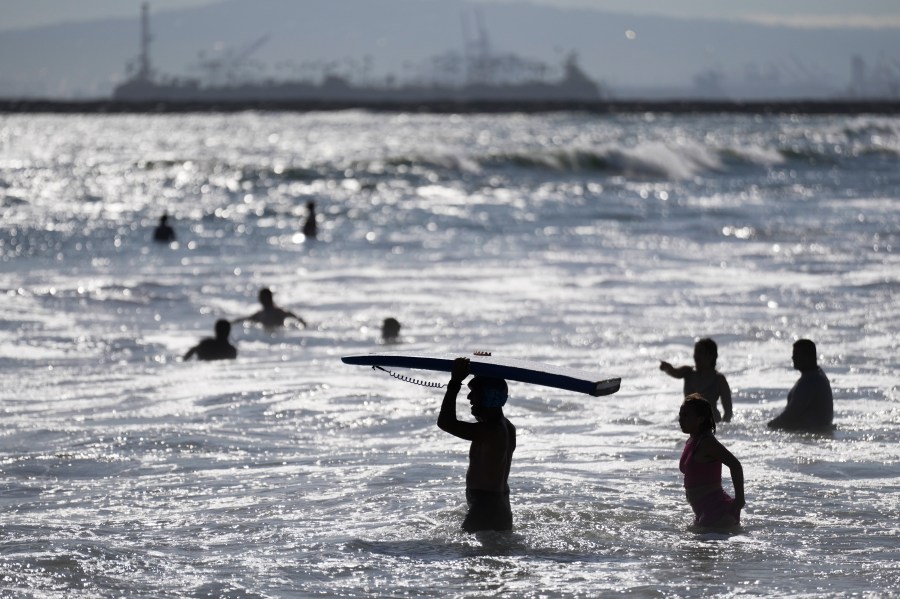As summer crowds flock to Southern California’s coastline, lifeguards are reporting a sharp increase in stingray injuries, particularly in Seal Beach.
According to Seal Beach Marine Safety Chief Joe Bailey, lifeguards typically treat about one stingray sting per day. Recently, however, that number has climbed to around a dozen daily, with some days reaching as many as 20 reported cases, he says.
Stingrays are bottom-dwellers that often sting when stepped on.
KTLA’s Chip Yost spoke with Seal Beach visitor Cash Kovaleff, who described the sensation as more intense than a bee sting, followed by tingling and discomfort that only subsides after soaking the wound in hot water.
Some frequent beachgoers, like Michael Pless Jr., have even kept dislodged stingray barbs as souvenirs.
To prevent such injuries, Bailey recommends the “stingray shuffle,” a technique where individuals drag their feet along the ocean sand to scare away nearby stingrays.
Beachgoers who are stung are advised to alert a lifeguard immediately. Most lifeguard towers are equipped with treatment kits that include hot water baths, the primary method used to relieve pain and reduce the effects of venom.
The water should be as hot as the individual can safely tolerate, and the wound should be monitored for signs of infection or complications.
Lifeguards continue to urge the public to remain aware and take simple safety precautions to avoid painful encounters with stingrays.
